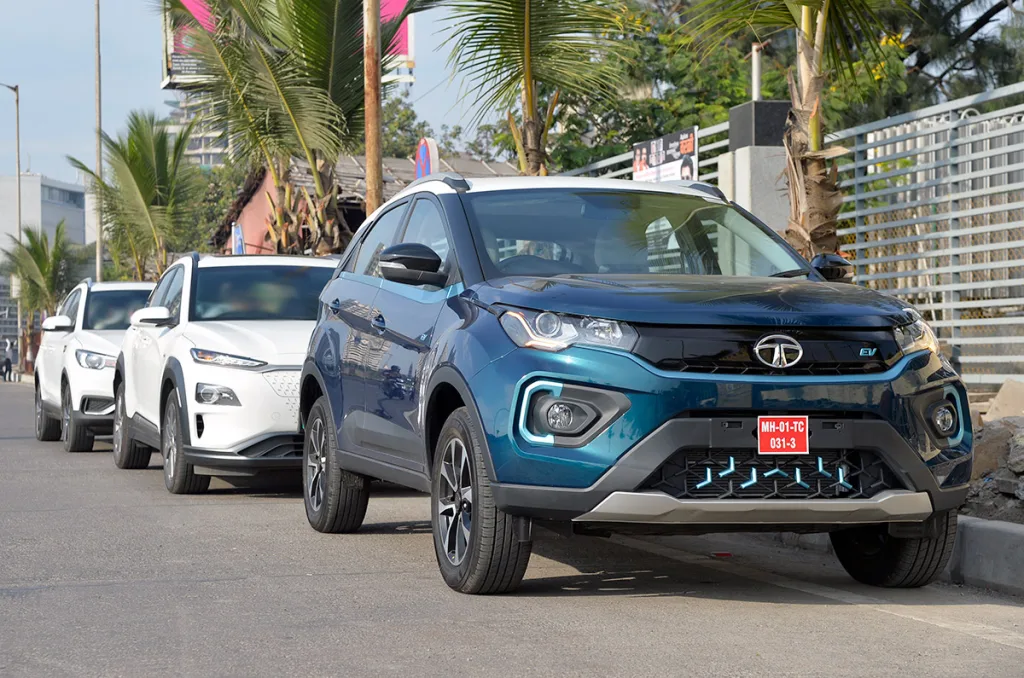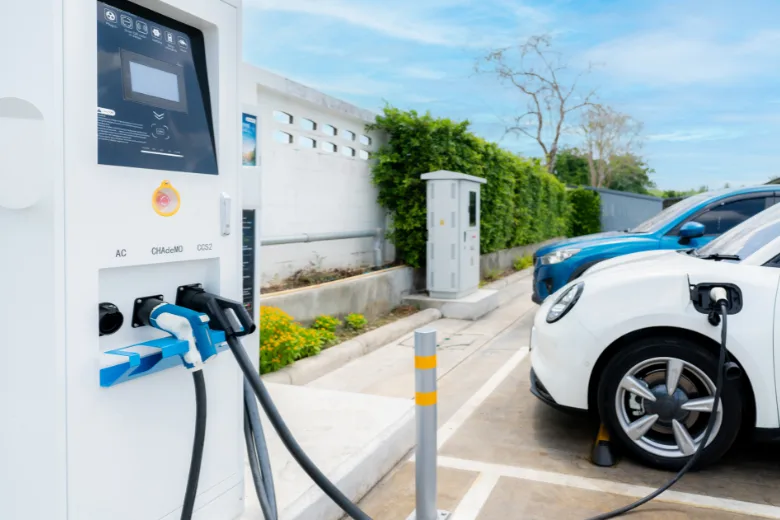Discover how India’s EV market hit nearly 2 million registrations in FY25, with e-two-wheelers leading the charge. Explore key players, challenges, and future projections.
In a groundbreaking development that has sent ripples through the automotive world, India’s electric vehicle (EV) segment has surged to nearly 2 million registrations in the fiscal year 2025. This remarkable achievement not only showcases the country’s commitment to sustainable transportation but also positions India as a formidable player in the global EV market. Are you ready to dive into the electrifying details of this green revolution?
Table of Contents
The Numbers That Speak Volumes

Let’s break down the impressive figures that are charging up India’s EV landscape:
| Segment | FY25 Registrations | YoY Growth |
|---|---|---|
| Total EVs | 1.95 million | 16% |
| e-Two-Wheelers | 1.14 million | 20% |
| e-Three-Wheelers | 697,000 | 10% |
| Electric Cars & SUVs | 106,000 | 16.5% |
These numbers paint a vivid picture of a nation embracing electric mobility at an unprecedented pace. The e-two-wheeler segment is leading the charge, accounting for a whopping 58% of all EV registrations in FY25. But what’s driving this electrifying trend?
Key Players Powering the EV Revolution
The e-two-wheeler market is where the real action is happening. Let’s spotlight the brands that are accelerating this growth:
- Ola Electric: Defending its top spot with 343,000 units sold, Ola has become synonymous with electric scooters in India. Their sleek designs and tech-forward approach have captured the imagination of urban commuters.
- TVS Motors: Securing second place with 234,000 units, TVS has leveraged its legacy in the two-wheeler market to make a significant impact in the electric space.
- Bajaj Auto: Revving up to third position with 226,000 units, Bajaj’s Chetak Electric has become a common sight on Indian roads, blending nostalgia with futuristic technology.
- Ather Energy: Powering ahead with 130,000 units, this Bangalore-based startup has carved a niche for itself with its premium, feature-packed scooters.
- Hero MotoCorp: Making strides with 47,200 electric two-wheelers, the traditional market leader is rapidly catching up in the EV race.
In the four-wheeler arena, Tata Motors continues to dominate, while JSW MG Motor has nearly tripled its sales, reaching close to 30,000 units. The competition is heating up, with new entrants and established players alike vying for a piece of the electric pie.

Challenges on the Road Ahead
Despite the impressive growth, the EV sector faces several hurdles that need to be overcome for sustained success:
- Charging Infrastructure: The need for a more extensive and accessible charging network remains a critical challenge. While urban areas are seeing rapid growth in charging stations, rural and highway infrastructure lags behind.
- Battery Technology: Ongoing research to improve range and reduce charging times is crucial. Indian companies are investing heavily in R&D to develop batteries suited to the country’s climate and usage patterns.
- Cost Parity: Bridging the price gap between EVs and traditional vehicles is essential for mass adoption. While the total cost of ownership for EVs is becoming competitive, the initial purchase price remains a barrier for many consumers.
- Supply Chain Issues: Ensuring a steady supply of components and raw materials, particularly semiconductors and battery materials, is crucial for maintaining production momentum.

The Future Is Electric: Projections and Possibilities
Industry experts are optimistic about the future of EVs in India. With government initiatives like FAME II and the Production Linked Incentive (PLI) scheme, the sector is poised for exponential growth. By 2030, electric passenger vehicle production in India is expected to reach approximately 1.33 million units, accounting for about 20% of total passenger vehicle production.
The government’s ambitious target of 30% EV adoption by 2030 seems increasingly achievable given the current growth trajectory. This shift is not just about transportation; it’s about reimagining urban mobility, reducing pollution, and creating new economic opportunities.


